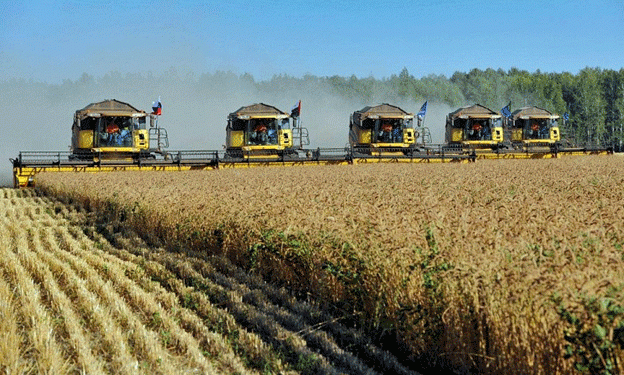Winter Sowing Completes in Tyumen Region
In the Tyumen region, the winter sowing campaign for the 2025 harvest has concluded with great success. Across 2,000 hectares in the Isetsky, Yurginsky, and Yalutorovsky districts, farmers planted winter rye, wheat, and triticale. These crops are expected to play a critical role in the region’s grain production, contributing to food security and agricultural sustainability.
Crop Distribution and Seed Selection
Rye dominates the winter sowing efforts, accounting for 54% of the total area. Wheat makes up 36%, while triticale—a hardy wheat-rye hybrid—occupies 10%. The seeds used for these crops are entirely of domestic origin, showcasing the advancements in Russian agricultural breeding programs.
Key varieties include:
- Winter Wheat: Novosibirskaya 51, Skipetr
- Winter Rye: Vlada, In Memory of Kunakbaev
- Winter Triticale: SIRS 57
Seed Quality: A Priority
To ensure a high-yielding crop, the Tyumen branch of the Federal State Budgetary Institution “Rosselkhozcenter” inspected 329.05 tons of seeds for compliance with state standards (GOST). All tested seeds were deemed conditioned, confirming their suitability for planting.
The seed categories include:
- Original Seeds: 60 tons
- Elite Seeds: 3.6 tons
- Reproduction Seeds: 265.45 tons
Such stringent quality control ensures that farmers plant seeds with high germination rates, disease resistance, and adaptability to local climatic conditions.
Domestically Developed Varieties: A Strategic Asset
The reliance on domestic seed varieties demonstrates Russia’s commitment to self-reliance in agriculture. Breeders have tailored these varieties to withstand the challenging Siberian climate, offering resilience against frost and diseases. Triticale, in particular, has been noted for its hardiness and adaptability, making it an essential crop for sustainable farming in the region.
The successful completion of the winter sowing campaign in the Tyumen region reflects meticulous planning, advanced breeding efforts, and strict adherence to seed quality standards. By focusing on rye, wheat, and triticale—crops well-suited to the local environment—farmers are setting the stage for a strong 2025 harvest. This achievement underscores the potential of domestic agricultural innovation to enhance productivity and resilience in challenging climates.
Error





